Stop the train in Ingoldmells - Sweep the rabbit wants to get on!
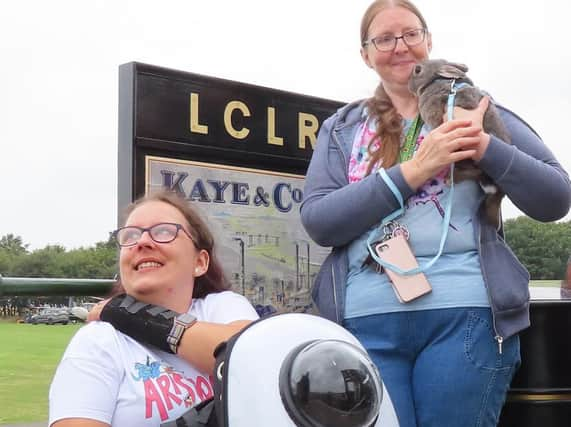

Sweep travelled in a special “bubble” to help him see where he was going on the Lincolnshire Coast Light Railway – and enjoyed his midweek ride so much his owners returned with him the following Saturday for a steam-hauled journey behind Jurassic.
The rabbit, along with incoming pilots of aircraft landing at the adjacent airfield and staycationers visiting Lincolnshire for the first time, all helped the railway achieve a record season in 2021, after a year’s closure because of the Covid-19 pandemic.
Advertisement
Advertisement
It is estimated the line carried around 2,700 passengers, a 30% increase over 2019, even though it could not participate in the Skegness Classic Wheels event, which was cancelled because of covid. This is a five- fold increase since 2014.
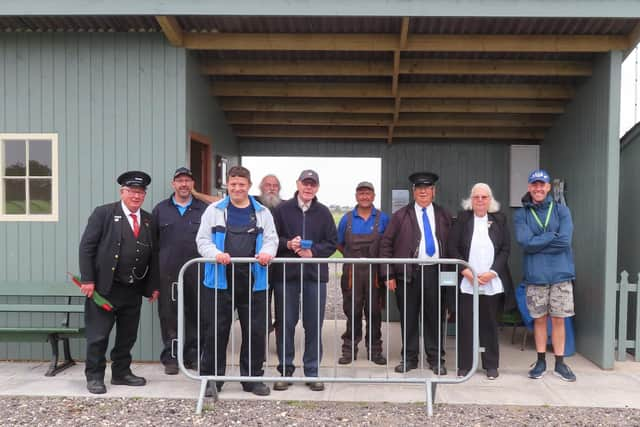

In addition there was a £5,000 Business Recovery Grant from Lincolnshire County Council and a £10,000 grant from the National Lottery Heritage Fund’s Heritage Emergency Fund, to upgrade facilities for volunteers.
Previously unseen photographs of the line and long-lost vintage postcards of the railway and its neighbours, the Cleethorpes Coast Light Railway and Scarborough’s North Bay Railway, helped to promote the LCLR in the public eye until services could resume.
And to top it all the attraction won a runners-up award in the national Heritage Railway Awards for the restoration of the 'Skegness Simplex kept the LCLR in the public eye until services could resume.
Advertisement
Advertisement
The railway’s volunteers who operate services noted a considerable increase of holidaymakers visiting Lincolnshire for the first time, originating from outside the traditional Skegness catchment areas of industrial Yorkshire and the East Midlands: the hope now is that their enjoyment of the railway and the other attractions of the county will persuade them to return.
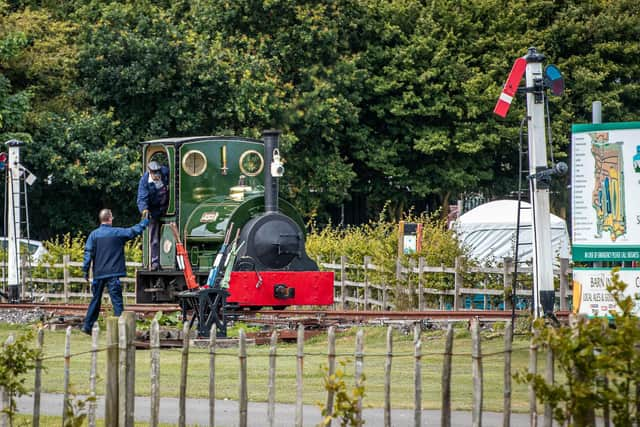

A rerun of the Jolly Fisherman excursion train from the Birmingham area in August brought nearly a hundred extra visitors to the line ; the railway now hopes to engage with other operators to attract more excursion trains to Skegness and make it easier for long-distance visitors to reach the LCLR.
Jurassic’s new chime whistle certainly helped whistle up trade – it can be heard far into Ingoldmells and the outskirts of Skegness: “The whistle is loud enough to shake the Jolly Fisherman out of his gumboots,” said LCLR Historic Vehicles Trust chairman, Richard Shepherd.
Services started a little later in the season than previously (Saturday 24 th July) because of uncertainties surrounding the easing of covid restrictions and concluded on Saturday 4 th September.
Advertisement
Advertisement
A private charter of the LCLR from members of the Industrial Railway Society
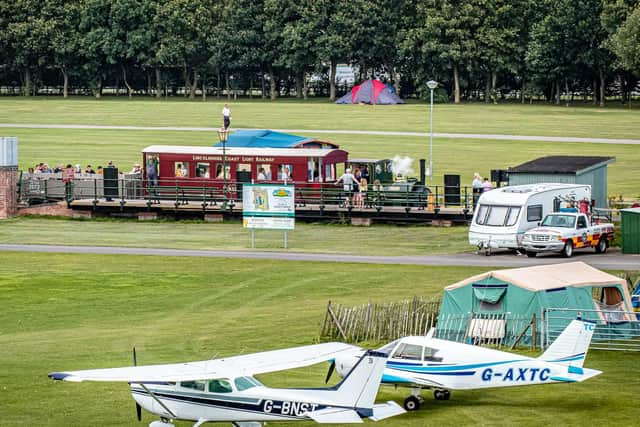

and the Narrow Gauge Railway Society later in the month rounded off an enjoyable and successful season.
The LCLR was the first heritage line in the world to be built by enthusiasts on a greenfield site when it opened at Humberston, south of Cleethorpes, in 1960 and it carried two million passengers before closure in 1985. (The second such line was the Ocean Beach Railway which opened in 1963 at Dunedin in New Zealand).
After the rails and equipment were moved to the Skegness Water Leisure Park, enabling the line to be reopened in 2009, the railway was extended, relaid with heavier rail and after a visit by HRH The Princess Royal in 2017, the steam engine Jurassic (a Peckett 0-6-0ST built in 1903) was returned to service with the help of a grant from the Lottery’s Heritage Fund.
Advertisement
Advertisement
With the railway operating initially on Summer Sundays, changing later to Summer Saturdays, an experiment to run services on Wednesdays with heritage diesel locos proved so successful, that it was reintroduced this year with the use of Jurassic on the midweek trains on one occasion showed its potential to attract more visitors.
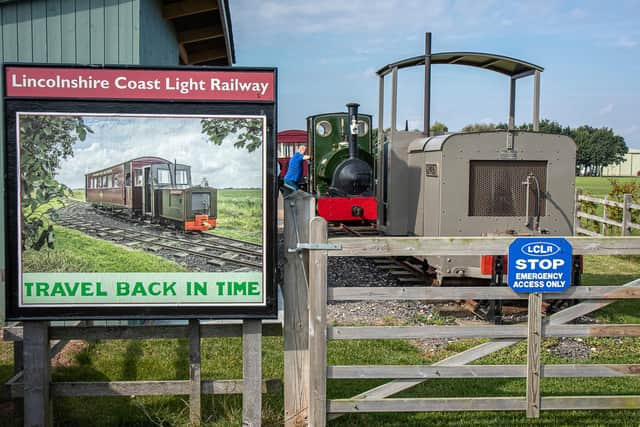

This year, after keeping ticket prices at £1 return since 2009, fares were changed to £2 return and a new family ticket at £5 was introduced and proved very popular.
The railway has succeeded in attracting several new volunteers who have helped build a new station at its terminus, known as Walls Lane, (named after the road which serves its base in the Skegness Water Leisure Park).
The station is based closely on the station at Stretton in Derbyshire, built for the Ashover Light Railway, which ran from Clay Cross to Ashover.
Advertisement
Advertisement
Two of that line’s huge carriages are preserved on the LCLR – one in service and one undergoing restoration.
During the closed season, the volunteers will work on upgrades to the track, maintenance of Jurassic and other locomotives, completion of ‘detail’ within the new station building and restoration of passenger carriages from the Sand Hutton Light Railway, the Nocton Estates Railway and the Ashover Light Railway.
New volunteers are very welcome at the “working parties” held on Wednesday and some Saturdays. For details visit www.lclr.co.uk.